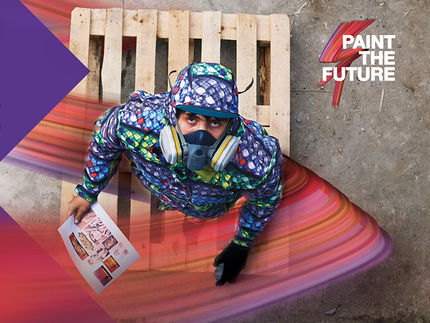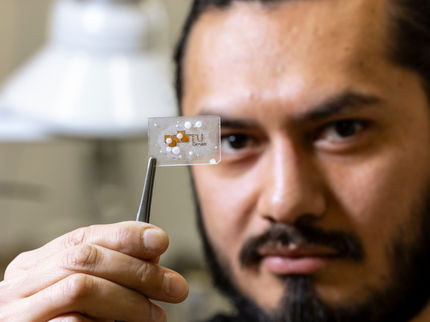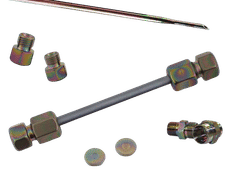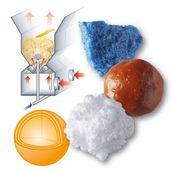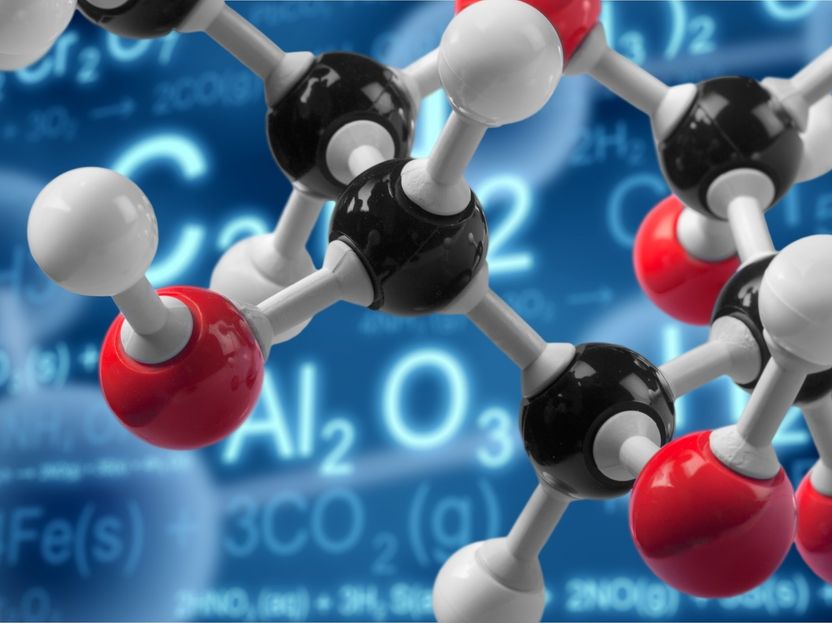DuPont Scientist Details Future Advances of 20,000-Year-Old Coatings Technology in Upcoming SCIENCE Magazine
Advertisement
WILMINGTON, Del., Aug. 8, 2002 - Dr. Robert R. Matheson, Jr., one of the world's foremost scientists on coatings -- one of the oldest technologies known to humans -- will have his scientific paper "20th- to 21st- Century Technological Challenges in Soft Coatings" featured in the upcoming edition of SCIENCE magazine.
As part of the Aug. 9 edition of SCIENCE, Dr. Matheson, a DuPont senior scientist, details the future of technological advances in coatings -- one of the world's most ancient technologies. Relatively soft coatings -- comprising organic materials such as blood, eggs and extracts from plants -- were in use more than 20,000 years ago. Coatings activity has been continuously practiced since then with gradually improving materials and application techniques. While technologies have advanced over time, the fundamental purposes of protecting or decorating surfaces have remained constant across all the centuries and cultures of civilization.
Matheson's paper in SCIENCE examines change in soft coatings technology from its current state by identifying key issues that attract research and development efforts at the dawn of the 21st century. Matheson points out that today's challenges are to decrease the environmental footprint and improve biological, mechanical and transport longevity, while minimizing the application requirements for soft coatings. Matheson notes that "a need exists in the automotive world for a painting system with lower environmental emissions (particularly volatile organic compounds, VOCs), improved resistance to environmental damage, outdoor durability, corrosion resistance, and improved application robustness. This need has been recently met with what might be considered an exemplary modern coatings system."
For example, the goal of reducing solvent emissions of automotive paint took a major leap forward this year with the introduction of DuPont "Super Solids" ultra-low emissions coatings technology at the DaimlerChrysler assembly plant in Newark, Del. The new Super Solids technology reduces volatile organic compound (VOC) emissions of the final protective clear coat applied to the Dodge Durango at the plant by 25 percent. DuPont has been able to accomplish this by increasing the solids content of the coating to 65 percent from an industry high-solids coatings standard of 50 percent solids and 50 percent solvent. At the same time, the technology offers a significant improvement in scratch and mar resistance to prolong the appearance of the paint finish over repeated washings.
The technology breakthrough is the result of fundamental molecular engineering research and the development of analytical equipment and tools to guide that research, according to Matheson. "The basis of the work is to change the nature of oligomers that are defined as small polymer chains with few structural units and give them structure by changing their reactivity with each other. We have demonstrated that this technology breakthrough will allow us to further increase the solids content of coatings to more than 80 percent," he said.
In 1923, DuPont provided consumers their first color options beyond black for mass-produced vehicles when it pioneered the first fast-drying lacquer paint. Today, DuPont continues to be the world's leading supplier of automotive coatings. In North America, DuPont coatings were used on nine of the 10 top selling vehicles in 2001, as well as being one of the leading sellers in Europe.
"As a science company, DuPont has a rich history and bright future in coatings technology," said DuPont Chief Science and Technology Officer Dr. Thomas M. Connelly. "We are developing a number of products that have a lower environmental footprint. Our recent introduction of Super Solids technology is a good example of the direction we are heading in coatings technology. We are fortunate to have the coatings expertise of Bob Matheson and his team to help guide us moving forward."
A native of Cleveland, Ohio, Bob Matheson received simultaneous B.S. degrees in chemistry and mathematics from Michigan Technological University in 1973. He earned M.S. and Ph.D. degrees in physical chemistry and biophysics, respectively, from Cornell University and did two years of postdoctoral research in polymer physics at Stanford University. In 1980, he joined DuPont, serving in technical and supervisory positions in Central Research, and the Engineering Polymers and Coatings business units. Based in Troy, Mich., Matheson has been the technical manager for strategic technology in DuPont Performance Coatings since 1991. He has authored or co-authored 41 professional papers and holds two patents. Matheson is also the former editor of "Progress in Polymer Science" and former adjunct professor of chemistry at Oakland University in Rochester, Mich.
During 2002, DuPont is celebrating its 200th year of scientific achievement and innovation -- providing products and services that improve the lives of people everywhere. Based in Wilmington, Del., DuPont delivers science-based solutions for markets that make a difference in people's lives in food and nutrition; health care; apparel; home and construction; electronics; and transportation.



